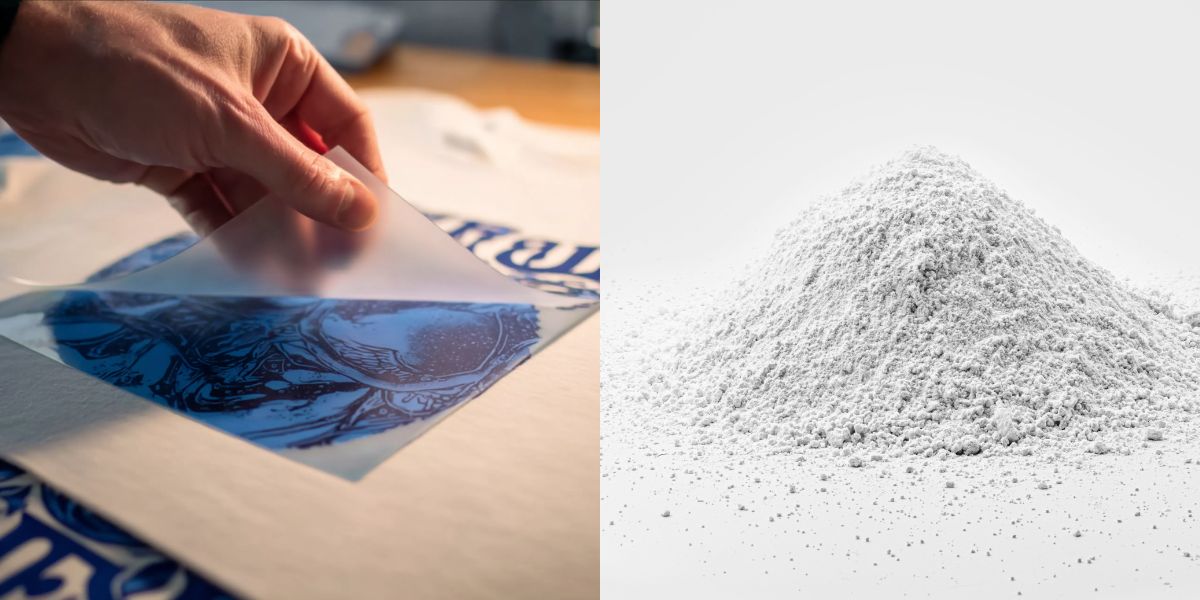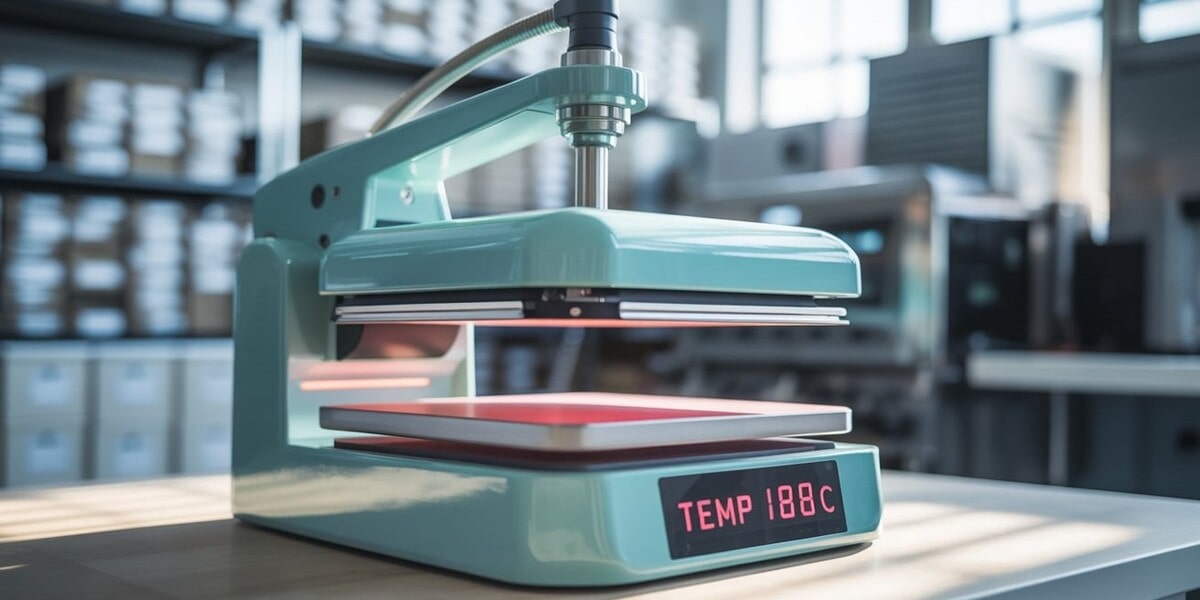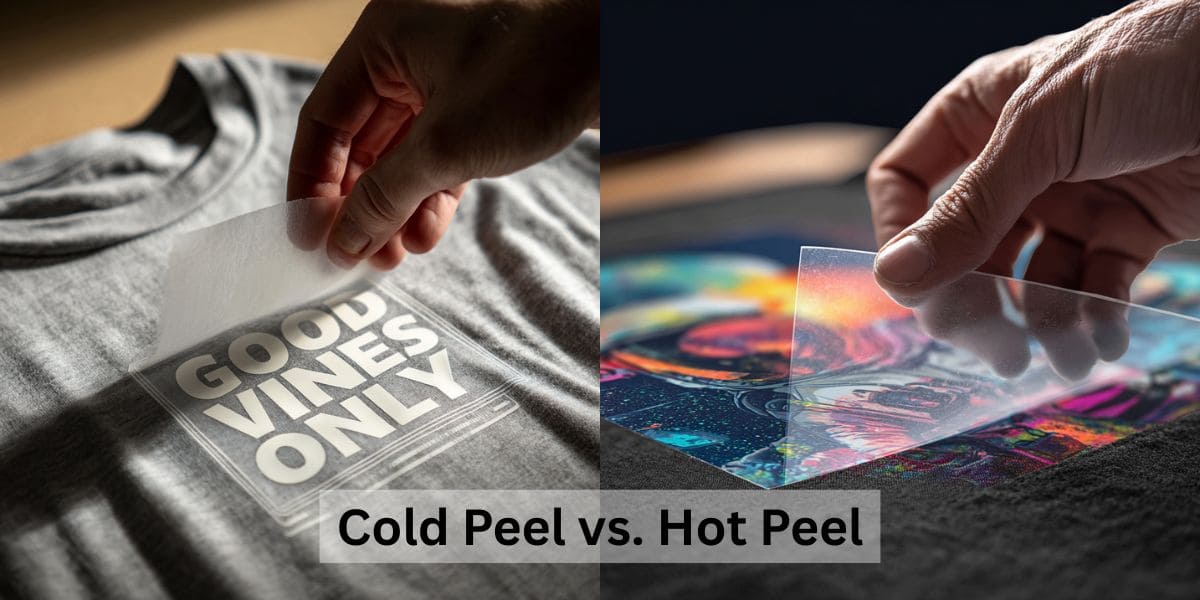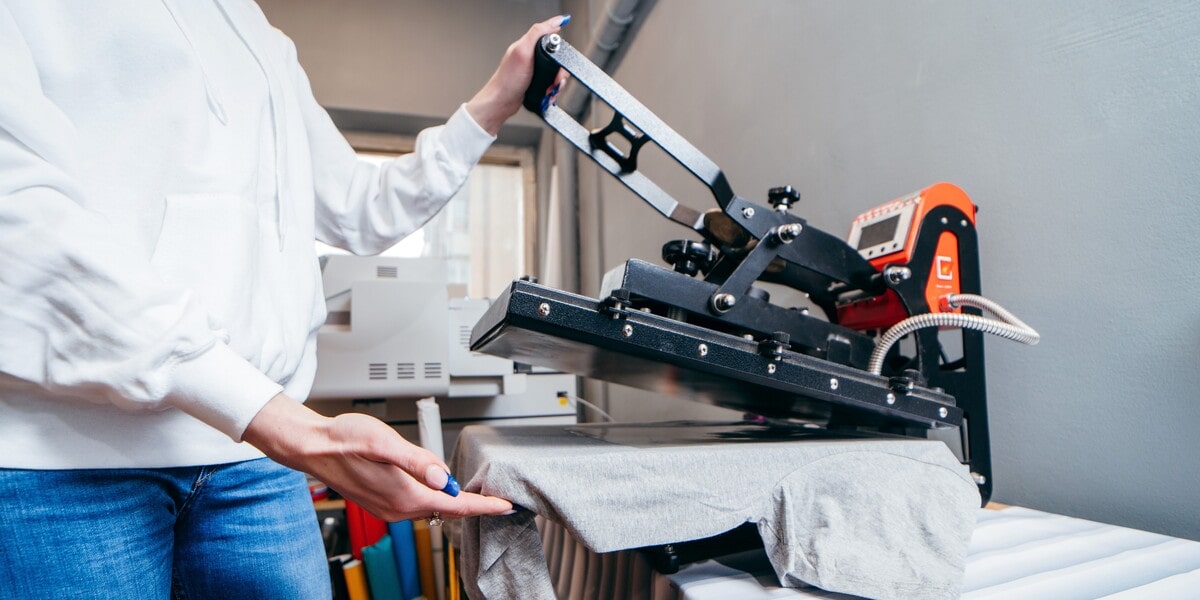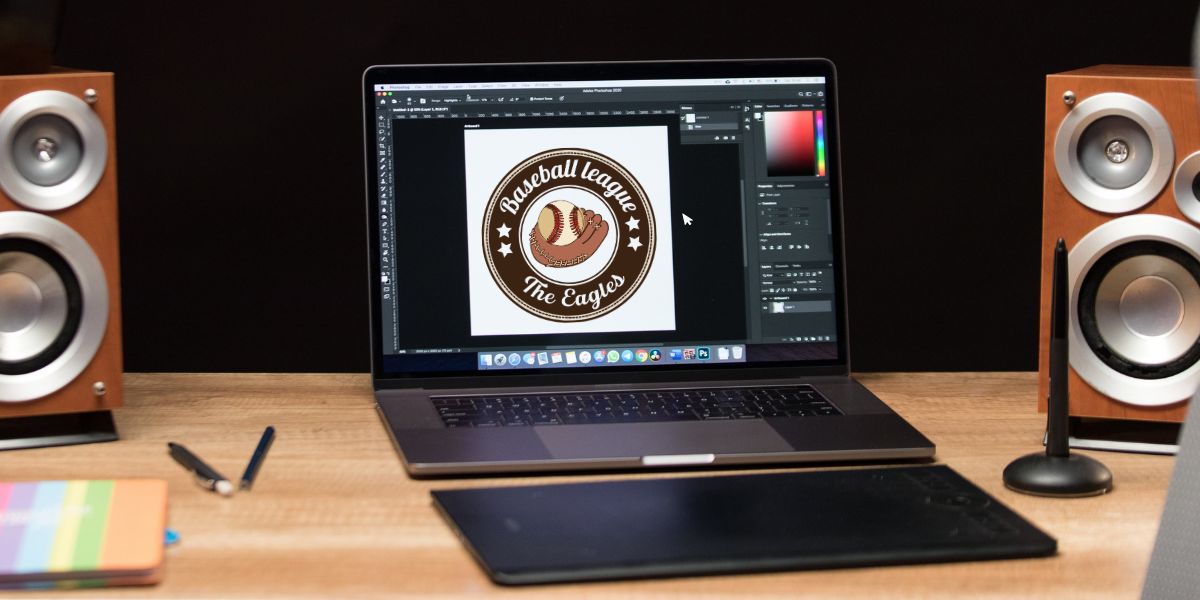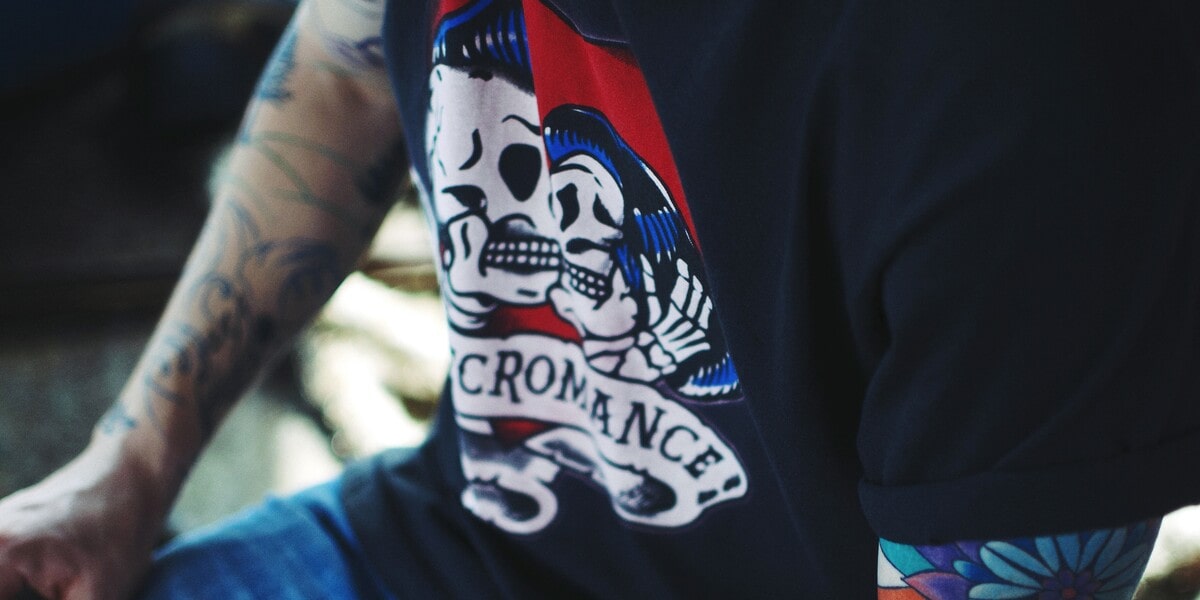5 Whys Underprinting makes your Custom Stickers & Labels specifically vibrant

Custom stickers and custom labels are a great way to promote a business or organization, but the quality of the design is essential for catching the eye of potential customers. Underprinting is a printing technique that can enhance the quality of custom stickers and labels, making them more vibrant and eye-catching. In this article, we will explore the great benefits of underprinting, 2 different methods of printing underneath and whether to choose one over the other to be successful in stickers and labels design for your business.
What is underprinting?
Underprinting is a printing technique used to create delicate images or text by printing an extra layer of ink underneath the desired print color. This layer acts as a background to help the color printed on top show the correct shade that you wants.
In underprinting, the printer intentionally prints the image or text in a lighter shade than intended. This can be achieved by adjusting the ink density, using a lower opacity ink, or reducing the printing pressure. When done correctly, this technique can create a subtle and elegant effect that adds depth and sophistication to printed materials.
Underprinting is commonly used in the printing of high-quality documents such as business cards, letterheads, and invitations. It can also be used in the printing of packaging materials to create an embossed or textured effect.
Underprinting is a useful technique that can enhance the visual appeal of printed materials while adding a touch of sophistication and elegance.
What kinds of ink colors are used in underprinting?
In underprinting, the most commonly used ink color is white. This is because white ink provides a solid and opaque base layer that can enhance the vibrancy and opacity of the colored inks printed on top of it. However, other colors can also be used for printing underneath, depending on the desired effect and the printing method used.
For example, if you’re printing on a metallic or reflective material, silver or gold ink may be used for an underprinted layer to create a metallic effect. Similarly, if you’re printing on a colored material, a complementary color may be used to help the colored inks stand out better.
Overall, the ink color used in underprinting will depend on the specific design and the desired effect. A printing professional can provide recommendations on which ink colors will work best for your custom stickers and labels.

Ways to underprint when making custom stickers and labels
When making custom stickers and labels, there are generally two ways to underprint: floss coating and spot underprinting.
1. Flood coating
In this method, a layer of white ink (or other colors) is applied to the entire surface of the material before the colored inks are added. Flood coatings provide a solid base layer for the colored inks and help to enhance their vibrancy.
2. Spot underprinting
In this method, white ink (or other colors) is applied only to specific areas of the design where it is needed to enhance the color or opacity. This is useful for designs that require specific elements to stand out, such as text or small details.
Both flood coating and spot underprinting have their advantages and disadvantages, and the best method to use will depend on the specific design and the desired effect. You may want to read our related article here to be sure which method can work best for your custom stickers and labels.
How does underprinting make your custom stickers and labels vibrant?
One of several benefits when using underprinting in making custom stickers and labels is their superb appearance. And since white is the most commonly used ink, let’s figure out how white underprinting can make your custom printed products specifically vibrant and attractive.
1. Enhances color vibrancy
By adding a layer of white ink underneath colored inks, the colors appear brighter and more vibrant. This is particularly useful when printing on dark or colored materials, as the white underprinting provides a base layer that allows the colors to stand out.
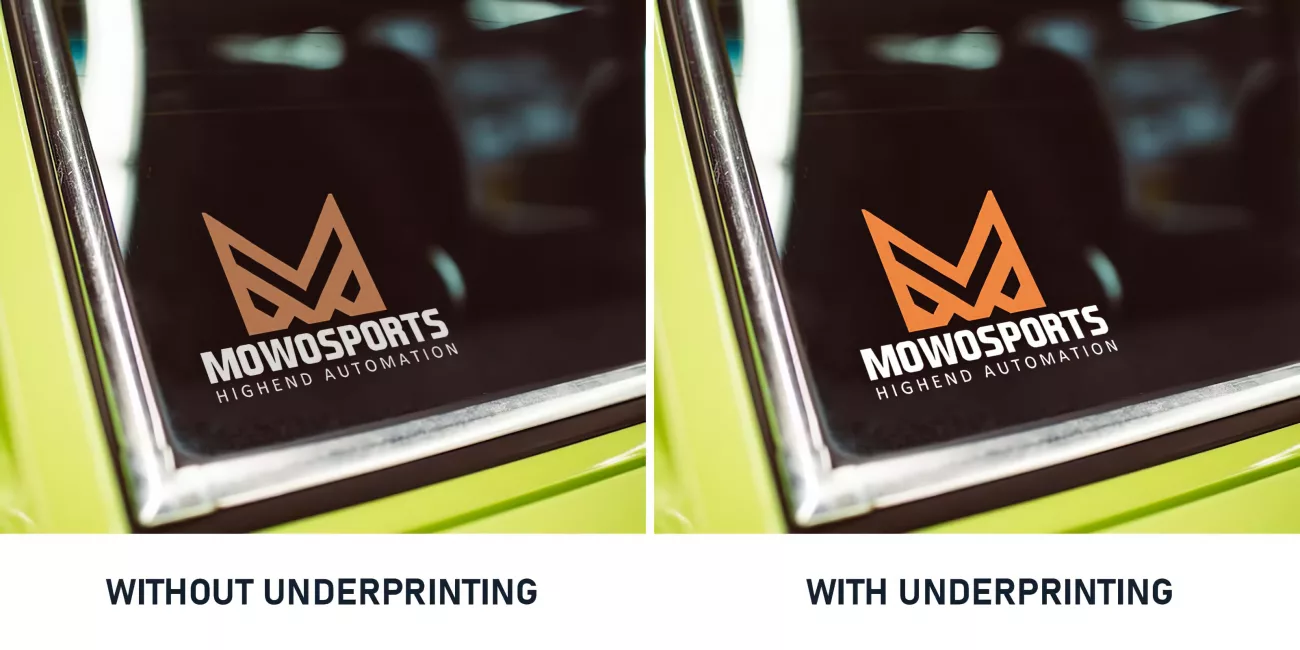
2. Increases opacity
White underprinting can increase the opacity of colored inks, making them more visible and easier to read. This is particularly useful for text and small details that may be difficult to see without a solid background.
3. Provides a base layer for transparent inks
When using transparent inks, white underprinting provides a base layer that allows the colors to show up better. This is particularly useful when printing on dark or colored materials where the transparent stickers or clear labels may not be as visible.
4. Enables special effects
White underprinting can be used to create special effects, such as a semi-transparent look or a layered design. This can add a unique and creative element to custom stickers and labels.

5. Improves print quality
By providing a solid and consistent base layer, white underprinting can improve the overall print quality of custom stickers and labels, resulting in a more professional and polished look.
Overall, printing underneath in making custom stickers and labels can enhance the overall look and quality of the final product, making them more eye-catching, readable, and impactful.
Which type of stickers and labels should we use white underprint for?
When it comes to custom stickers and labels, white underprinting can be a valuable tool for creating high-quality designs. But which types of stickers and labels benefit the most from white underprint? Clear and kraft stickers are 2 types that are commonly produced with the help of underprinting techniques.
Should we use white underprinting for making clear stickers and labels?
Clear labels are designed to blend in with the surface they are applied to, creating a seamless and professional look. So white underprinting is typically used for making clear stickers and labels because clear vinyl base layers sometimes do not get the most out of the design.
There are some instances where white underprints are necessary or desired for clear stickers and labels. For example, if your design includes a light or pastel color that may not be visible on a clear material, using a layer of white ink underneath the color can help it stand out. Similarly, if you want to create a layered design with opaque and transparent elements, white underprints may be necessary to achieve the desired effect.
The decision to use white underprinting and how to print white ink on clear labels will depend on the specific design and the desired effect. If you’re unsure whether white underprint is appropriate for your clear label project, it’s best to consult with a printing professional who can provide guidance and recommendations.
Should we use white underprinting for making kraft stickers and labels?
Kraft paper is a natural, brown-colored paper that has a rustic and earthy appearance. White underprinting can be used for making kraft stickers and labels, but it may not always be necessary. Some people prefer the natural look of kraft paper and may not want to cover it with a layer of white ink.
However, there are some situations where white underprints can enhance the design of kraft stickers and labels. For example, if your design includes light or pastel colors that may not be visible on kraft paper, using a layer of white ink underneath the color can help it stand out. Additionally, if you want to create a layered design with opaque and transparent elements, this technique may be necessary to achieve the desired effect.
Overall, just like for clear stickers and labels, the decision to use white underprinting for kraft stickers and labels will depend on the specific design and the desired effect. We recommend consulting with a printing professional for best printing guidance.
Conclusion
Underprinting can be a powerful tool for making custom stickers and labels more vibrant and visually appealing. The technique provides flexibility in the design process and allows for the creation of unique and intricate designs. By understanding the benefits of underprints and the different methods available, businesses and organizations can make informed decisions on how to enhance their marketing materials. When done correctly, underprinting can significantly improve the quality of custom stickers and labels, resulting in increased brand recognition and customer engagement.

